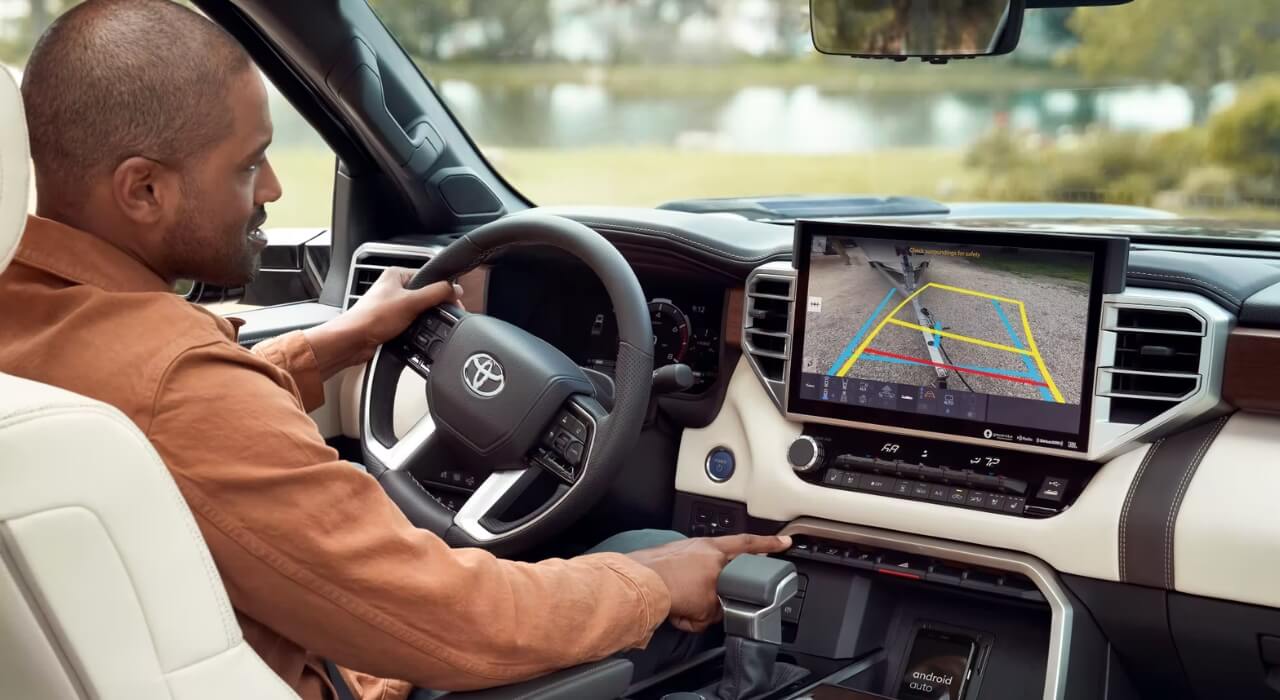Car accidents are an unfortunate reality of modern life, and when they occur, determining fault is a critical aspect of resolving legal disputes and seeking compensation for injuries and damages.
In many cases, negligence plays a central role in car accident lawsuits, influencing how liability is established and damages are awarded. In this article, we’ll explore the concept of negligence in the context of car accident lawsuits and its significance in determining legal responsibility.
What is Negligence?
Negligence is a legal concept that refers to the failure to exercise reasonable care under the circumstances, resulting in harm or injury to another person.
In the context of car accidents, negligence typically involves one driver’s failure to adhere to their duty of care to operate their vehicle safely, resulting in a collision or injury to others. Examples of negligent behavior in car accidents may include:
- Distracted driving, such as texting or using a mobile phone while driving.
- Speeding or reckless driving.
- Failing to obey traffic signals or signs.
- Driving under the influence of alcohol or drugs.
- Failing to maintain a safe following distance.
Suggestion: What Can You Do After Your Car Is Stolen?
Elements of Negligence in Car Accident Lawsuits
In order to establish negligence in a car accident lawsuit, the following elements must typically be proven:
- Duty of Care: The plaintiff must demonstrate that the defendant owed them a duty of care to operate their vehicle safely and responsibly. This duty is generally implied by the act of driving a motor vehicle on public roads.
- Breach of Duty: The plaintiff must show that the defendant breached their duty of care by engaging in negligent behavior, such as those mentioned earlier.
- Causation: The plaintiff must establish a direct link between the defendant’s negligent actions and the accident or injuries suffered. This requires demonstrating that the defendant’s actions were the proximate cause of the plaintiff’s harm.
- Damages: Finally, the plaintiff must provide evidence of actual damages resulting from the accident, such as medical expenses, property damage, lost wages, and pain and suffering.
Comparative Negligence
In some cases, both parties involved in a car accident may share some degree of fault. This is known as comparative negligence.
Under a comparative negligence system, each party’s degree of fault is assessed, and damages are awarded accordingly. For example, if a plaintiff is found to be 20% at fault for the accident, their total damages award would be reduced by 20%.
Role of Negligence in Determining Liability and Damages
Negligence serves as the legal standard by which liability is determined in car accident lawsuits. When a driver’s negligent actions cause harm to others, they may be held responsible for compensating the injured parties for their losses. This may include reimbursement for medical expenses, vehicle repair or replacement costs, lost wages, and pain and suffering.
The degree of negligence exhibited by each party involved in the accident will directly impact their liability and the amount of damages awarded. Drivers who are found to have acted with gross negligence or willful misconduct may be subject to punitive damages in addition to compensatory damages.
Common Types of Negligent Behavior in Car Accidents
Negligence can manifest in various forms on the road, each posing risks to the safety of drivers, passengers, pedestrians, and cyclists. Some of the most common types of negligent behavior that lead to car accidents include:
- Distracted Driving: This includes activities such as texting, talking on the phone, eating, or adjusting the radio while driving, all of which divert the driver’s attention from the road.
- Speeding: Exceeding the posted speed limit or driving too fast for road conditions increases the likelihood of accidents and reduces the driver’s ability to react to hazards.
- Reckless Driving: This encompasses aggressive behaviors such as tailgating, weaving in and out of traffic, running red lights, and ignoring other traffic laws.
- Driving Under the Influence: Operating a vehicle while under the influence of alcohol or drugs impairs judgment, coordination, and reaction times, significantly increasing the risk of accidents.
- Failure to Yield Right of Way: Neglecting to yield the right of way to other vehicles, pedestrians, or cyclists at intersections, crosswalks, or merge points can lead to collisions.
Also Check: 15 Cars With Non-Interference Engines List
Legal Principles Governing Negligence Claims
In addition to understanding the common types of negligent behavior, it’s essential to grasp the legal principles that underpin negligence claims in car accident lawsuits. These principles include:
- The Reasonable Person Standard: Courts assess whether a driver’s actions were consistent with what a reasonable person would have done under similar circumstances. This standard takes into account factors such as weather conditions, traffic volume, and visibility.
- Foreseeability: Negligence requires that the harm resulting from the defendant’s actions was foreseeable. In other words, the defendant should have reasonably anticipated that their conduct could lead to an accident or injury.
- Duty of Care: Every driver owes a duty of care to others on the road to operate their vehicle in a safe and prudent manner. This duty includes following traffic laws, maintaining control of the vehicle, and avoiding behaviors that endanger others.
- Proximate Cause: To establish negligence, there must be a direct link, or proximate cause, between the defendant’s negligent actions and the plaintiff’s injuries. This requires demonstrating that the defendant’s conduct was a substantial factor in causing the accident and resulting harm.
Strategies for Proving Negligence in Court
Successfully proving negligence in a car accident lawsuit requires thorough investigation, evidence gathering, and persuasive argumentation. Some key strategies for proving negligence in court include:
- Gathering Evidence: This may include police reports, eyewitness testimony, photographs of the accident scene, vehicle damage assessments, and medical records documenting injuries.
- Expert Testimony: Expert witnesses, such as accident reconstruction specialists or medical professionals, can provide valuable testimony regarding the cause of the accident, the extent of injuries, and the impact of negligent behavior.
- Demonstrating Breach of Duty: Plaintiffs must demonstrate how the defendant’s actions deviated from the standard of care expected of a reasonable driver under similar circumstances.
- Establishing Causation: Plaintiffs must establish a clear link between the defendant’s negligent conduct and the injuries suffered, demonstrating that the accident would not have occurred but for the defendant’s actions.
Negligence Is Essential In Car Accident Lawsuits
Negligence lies at the heart of many car accident lawsuits, shaping how liability is determined and damages are awarded. By understanding the various forms of negligent behavior, the legal principles governing negligence claims, and effective strategies for proving negligence in court, plaintiffs can build strong cases and seek fair compensation for their injuries and losses. Ultimately, promoting safe and responsible driving practices benefits everyone on the road and contributes to a safer transportation environment for all.
Understanding the role of negligence in car accident lawsuits is essential for both drivers and passengers involved in collisions. By recognizing the legal duty of care owed to others on the road and taking proactive measures to prevent negligent behavior, drivers can help reduce the risk of accidents and injuries.
In the unfortunate event of a car accident, consulting with a qualified personal injury attorney in Philadelphia can provide invaluable guidance on navigating the legal process and seeking fair compensation for damages incurred. Ultimately, promoting safe and responsible driving practices benefits everyone on the road and contributes to a safer transportation environment for all.



















